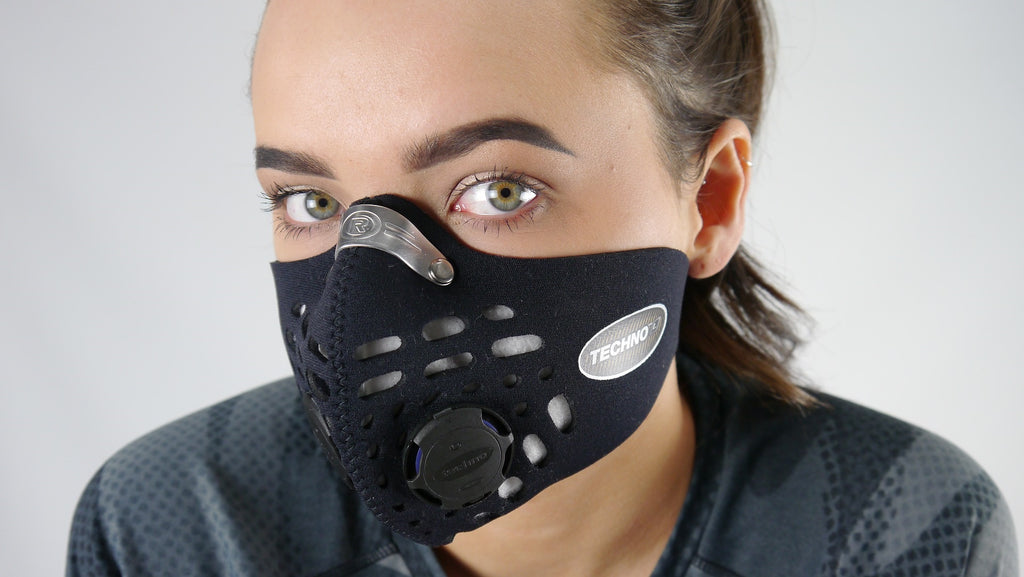SANITATION: Proper sanitation in a massage establishment or treatment room requires two basic but specific steps. Most do not follow proper sanitation techniques, making the entire sanitation process less effective or useless.
1 The first step to sanitize your treatment room is cleaning. Cleaning entails using soap and water to physically dislodge germs by washing and then wiping them away or rinsing them down the drain. Most cleaned objects or surfaces can either be dried with a fresh, clean towel or allowed to air dry. Cleaning physically removes dirt and other organic material or debris.
2 The second step to sanitize your treatment room is disinfection. Disinfection regularly entails using chemicals to kill or eliminate germs, and includes chemical wipes, sprays, or soaks with brands such as Lysol or Clorox. Disinfection will not remove dirt or other organic material, so cleaning must be performed before disinfection. Be sure to read the manufacturer’s directions on how to use your disinfectant. These directions will usually include an exact amount of contact time, also known as dwell time. That means the surface or object being disinfected will require a specific amount of contact time where the area must remain wet with disinfectant to be effective.
You can also use equipment such as a UV sanitizer or autoclave to sanitize smaller spa items. Be sure to read the equipment manufacturer’s instructions. Spa items that can be properly used in a UV sanitizer or autoclave are usually metal in nature. Porous spa items such as a facial sponge or brush cannot be safely and effectively sanitized no matter what process is used, as it will likely compromise or destroy the porous object during the process.
Do not forget about proper handwashing between each client. It is good business during the pandemic to request each client to sanitize their hands upon entering your establishment. Because we cannot eliminate all germs with hand sanitizing or washing, we should sanitize all surfaces that are touched after each client’s use. This specifically includes sanitizing door handles, light switches, equipment knobs, lid covers, chairs or stools and so forth – anything that you or your client comes in contact with should be sanitized between each client.
AIR QUALITY
Many scientists and government agencies are now acknowledging that COVID-19 may remain airborne and travel further than initially thought.
As such, we should practice good air supply and filtration practices at the spa to help protect ourselves against COVID-19. Improving air quality in the spa includes:
1 Practice outdoors, on a balcony, or even a rooftop whenever possible. Just ensure there are adequate privacy and protection measures from sunburn.
2 When applicable, open doors or windows to your spa treatment room to allow a more generous amount of air exchange. Increasing the amount of incoming air will help dilute lingering airborne germs, including COVID-19.
3 Consider changing your work area if you provide spa services in a small, poorly ventilated treatment room. Use the largest and best-ventilated rooms available. If you have a landlord or employer, ask them if they have any solutions to place you in an improved air quality operating space during the pandemic.
4 Position equipment such as fans, air vents, and facial steamers in the back of the top of the table (behind the client’s head) to allow this forced air to blow away from you and your client, towards any open windows and doors. Move your spa table as needed to allow this airflow.
5 Be sure that all air filters in the workplace are clean and changed regularly. Keep all air filtration systems (i.e., HVAC) properly serviced and running. Remove all material or debris away from air vents/fans for the best possible air exchange.
6 If you have a window air conditioning unit, leave the air vent open.
7 Consider adding a HEPA (high-efficiency particulate air) filter or two next to your spa service area. HEPA filters can suction some airborne germs away from the service, and it will also help purify the air.
8 Consider consulting an air quality control organization such as ASHRAE (formerly known as American Society of Heating, Refrigerating, and Air-Conditioning Engineers) for advice for your establishment.
EXPOSURE
Reducing the amount of time a client spends in the spa and the number of potentially contaminated surfaces will help minimize your exposure to COVID-19. Tips to reduce your exposure include:
1 Completing client intake forms via email, phone, or a secured website instead of at the office. You can similarly create a social distancing payment method, and so forth.
2 Requesting your client not to wear jewelry, which will decrease the amount of time your client spends dressing and undressing at the spa.
3 Having your client wait in their car until you have properly sanitized the spa for their service. You can call or text them to let them know you are ready for them to enter and begin service.
4 Wearing a face covering, whether inside or outdoors. Consider adding a face shield for increased protection. Facial services that include anything that puts you in close personal contact with the client’s airway are not recommended during the pandemic. If you must provide facial service, direct the airflow to move air away from you and the facial service area.
If you provide a body scrub, wrap, waxing, or any other spa service with the client lying down on a spa table, try to provide most of your spa service in the prone (face-down) position. Minimizing your exposure to the client’s airway is the goal. If a client has a gift certificate to your spa and wants to redeem it before the end of the pandemic, then recommend services with the least amount of personal contact time. These include bathtub spa soaks, aromatherapy showers, and services provided in the prone position on a spa table.
Consider each item in your spa workspace and eliminate anything nonessential to reduce the amount of potentially contaminated surfaces. This includes trashing old magazines and moving lesser-used items into a sealed drawer or closet. For example, you can place your entire facial steamer/loop lamp, an entire waxing cart, and all other spa equipment in a closet or unused room when providing spa service that does not require it. Keep items such as clean and dirty linens in separate airtight containers. Dispose of garbage in a self-closing metal trash can.
You should treat your workplace establishment as if every single client is contagious with COVID-19. That means if you must work, you should minimize your exposure, thoroughly sanitize between each client, and work in a manner that will improve your air quality. While the best way to avoid COVID-19 acquisition or transmission is to self-isolate from others, addressing these three factors thoughtfully and thoroughly may help minimize your risk in the spa during the pandemic.
To learn more, please register for training at https://ceinstitute.com/
You can view this detailed information and more on latest Safety Tips for massage therapy and spa practice during COVID-19 video on youtube:









